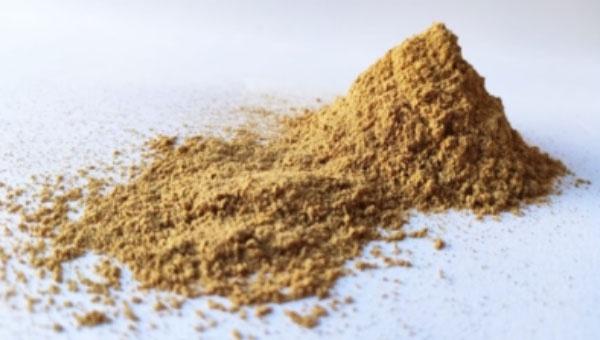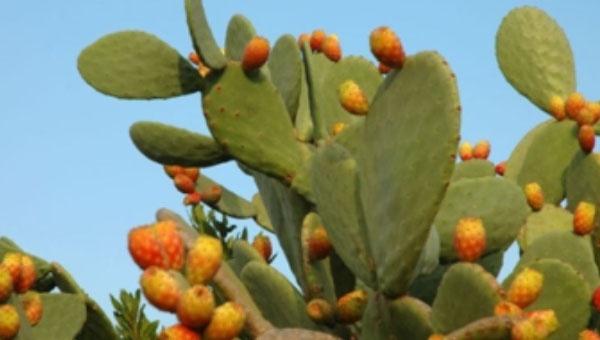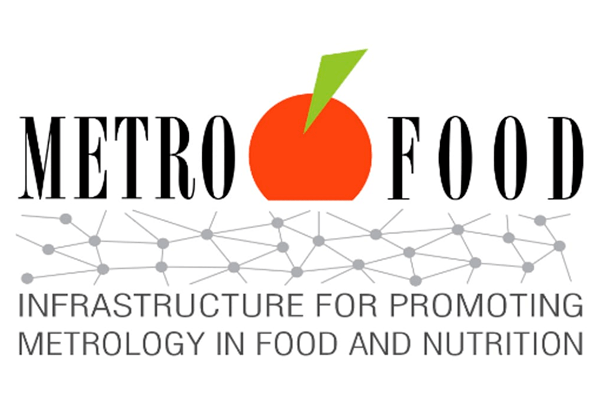Protein and biomolecules sources for nutritional security and biodiversity
of bakery products in a circular food system
Matrixes
Prickly pear Cactus
The Mediterranean area is well known for the lush vegetation greenery, which is characterized by the presence of many food grade plants. Among them, pear cactus stands out for its features such as ease of growth and drought resistance. In fact, pear cactus shows excellent ability to adapt to adverse arid and hot environments thus determining the efficiency to transform water to dry matter. This plant represents an healthy important source of nutrients, including dietary fiber, proteins, carbohydrates and minerals (especially calcium, kalium, magnesium, iron and zinc). Furthermore, valuable polyphenols such as isorhamnetin, quercetin, kaempferol and flavonoids with a potential antioxidant, antiatherogenic, and antiulcerogenic properties, are contained in both the fruits (commonly named prickly pears) and the pads. Prickly pear fruit, being rich also in ascorbic acid, is considered a functional product and the consume of the edible part (especially in the form of juices and marmelades) has been gradually increased during time, with a concomitant increase of its by-products, i.e., peel, pulp, and seeds. These by-products might represent a sustainable source of bioactive compounds. Some constituents, like carotenoids, phytosterols, chlorophylls, hydroxybenzoic acids, hydroxycinnamic acids, flavan-3-ols, flavonols, flavanones, betacyanins and betaxanthins might be extracted and used as novel ingredients in the food chain with added healthy properties.
References
- Rodriguez-Lopez, B. Melgar, C. Conidi, L. Barros, I. C.F.R. Ferreira, A. Cassano, E. M. Garcia-Castello, Chapter 5: Food industry by-products valorization and new ingredients: Cases of study, in Sustainability of the Food System book, 2020, pages 71-99, https://doi.org/10.1016/B978-0-12-818293-2.00005-7 71
- J. Barba, P. Putnik, D. B. Kovacevic, M. M. Poojary, S. Roohinejad, J. M. Lorenzo, M. Koubaa, Review: Impact of conventional and non-conventional processing on prickly pear (Opuntia spp.) and their derived products: From preservation of beverages to valorization of by-products, Trends in Food Science & Technology, 2017, 67, pages 260-270, http://dx.doi.org/10.1016/j.tifs.2017.07.012











